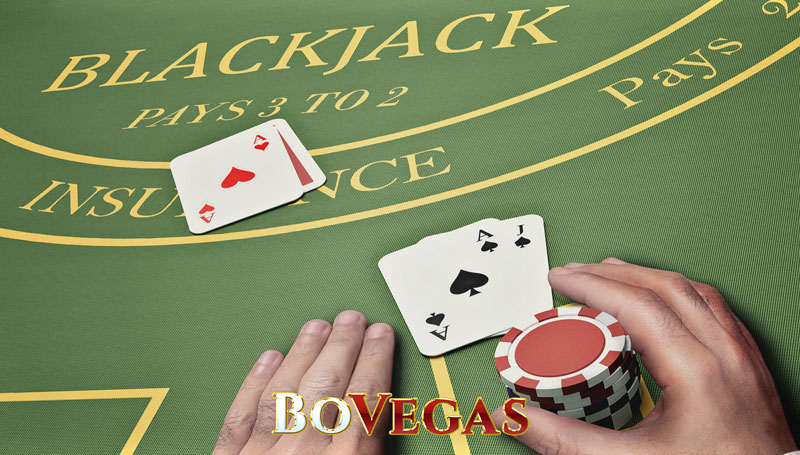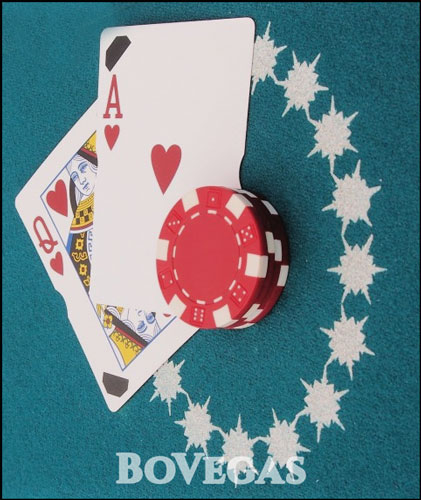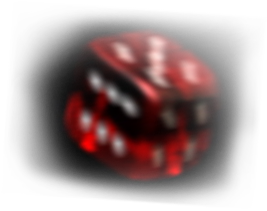



Surfing the web, you can notice numerous questions that are often asked: “Is it funnier to play slots or lotteries?”, “What to choose: games of chance or games of skills?” or “Baccarat vs. blackjack: what is better?” Obviously, blackjack is due in no small part to the world of gambling and, surely, deserves the attention of players. The blackjack history takes its roots in Europe as early as the seventeenth century, and until the end of the nineteenth century, it was known by the name of 21. The game itself is based on math, since it offers a certain house edge and profits the one who runs it, but players didn’t seem to use this fact to their advantage until the 1960s. Now, it’s quite apparent that you can count cards in any casino game to estimate the possibility of a particular outcome, but back then it wasn’t so. The Four Horsemen of Aberdeen, to whom this article is dedicated, have started a trend for counting cards and developing mathematical strategies for all popular table games.
The brilliant idea came to Roger Baldwin, who was serving at the Aberdeen Proving Grounds in Maryland. It was a military facility, where soldiers stress tested new weapons and gave their recommendations about safety, convenience, and other factors. It’s a risky business, and many factors were involved, so soldiers had to deal with the tension, and some of them decided to spend their downtime playing blackjack. Private Baldwin chose to join the game in the barracks, and after some fieldwork, he realized that the rules are very strict for the dealer. A dealer has to hit on 16 or lower and stand on 17, which might give a significant advantage to those who can count cards, remember which ones are left in the deck, and predict the possibility of a winning combination.
One thing led to another, and after spending several hours on calculations, Baldwin didn’t give up but instead asked for permission to use the adding machine that belonged to the base. It was a huge machine, which passed for a computer in those days, but it did the job. He also asked for the help of his sergeant, Wilbert Cantey, and his two fellow privates, James McDermott and Herbert Maisel. That’s how they started to work on the first efficient blackjack strategy and cemented a place for themselves in blackjack history.

In 1962, the original “Playing Blackjack to Win” book was followed by another book based on the research of the Four Horsemen. It was written by Edward O. Thorp and called Beat The Dealer. This one became even more popular than the original work and sold more than seven hundred thousand copies worldwide. It was an efficient way to beat a casino in the long run. A tidal wave of wannabe-gamblers rushed into Las Vegas and rolled over the Strip like a tsunami, leaving casinos way richer than they were. The reason was simple: reading a book doesn’t make you a professional blackjack player. The basic blackjack strategy is quite intricate and requires a lot of thinking and memorizing to be effectively applied. Casinos actually benefited from the book that was meant to help players beat them, because even though a small percentage of players won, the vast majority lost.
The casinos were still afraid, because a lucky player who knows the strategy and has a significant bankroll can get lucky and bleed a casino dry in a few hours. The future profits can’t save you if you own a relatively small casino and have to pay out, let’s say, twenty million dollars to a lucky high roller. Therefore, casinos tightened the rules, which resulted in an increased house edge. And the traditional form of blackjack, played with one deck, passed into oblivion. Now you can seldom find a blackjack table with two decks in a shoe. Four-, six-, and eight-deck versions are more popular, and it makes card counting way harder. In the classic version of the game, you had to keep track of 16 tens in the deck, but when it comes to a game with eight decks of cards with duplicate symbols, it will be 128 tens. Some people still can do that, and to make it even harder, casinos stopped playing the deck through. Now a shoe is shuffled halfway through so that you can’t possibly count the cards correctly.
Roger Baldwin, Wilbert Cantey, James McDermott, and Herbert Maisel changed the history of blackjack. They put every single gambler in the United States in a position where they could become rich playing their favorite game. Their achievements were fully acknowledged only in 2008 when they were inducted into the Blackjack Hall of Fame, alongside other great players and enthusiasts. Even though we play an eight-deck game today mostly because of them, they are the ones who opened countless possibilities to all of us. These four are the real heroes of gambling, and they’ve earned their place in the Hall of Fame.

You may know the phrase “Wheel of Fortune” from the famous Emmy-award winning TV show hosted by Pat Sajak. There are even online versions of this TV game; however, this is not what we’re going to be talking about in this article. We want to share some of our tips on how to deal with […]
Most casinos have a unique and mysterious atmosphere, which is always associated with huge winnings and life-changing decisions. Some players might spend thousands of hours (and dollars) in a casino, so they know the environment and its rules inside and out. But if you are a new player and you want to test your luck […]
Have you ever wondered how to win at roulette? Of course you have! Everybody feels more confident when they have the right betting system to help them triumph. So many gamblers have embarked on a never-ending quest for the winning roulette strategy; and often enough, this has led them straight down the rabbit-hole of exotic […]
Gambling in India continues to be in a relatively unclear position, as far as legislation is concerned. And online betting is regulated in an even vaguer manner! But this lack of relevant rules doesn’t deter Indians from playing: around 80% of them gamble at least once a year, and the industry earns approximately $60 billion […]
If you love gambling and have been to a land-based casino at least once, you may have thought about becoming a dealer. Playing the same game but from the opposite side, while communicating with other players, sounds like a dream job, right? A dealer is a straightforward job, and you will be the heart and […]
On Monday September 14, MGM announced that it plans to open its first smoke-free casino at the end of September, when Park MGM will finally reopen its venues to players and tourists. The resort comprises around 2,990 rooms and various restaurants, and it’s set to be reopened on September 30. The venue has been closed […]
Online gambling has undoubtedly taken a place of true supremacy over the casino industry during the pandemic. And the reason for that is quite clear: online casinos are more accessible, and you can always count on some encouragement from the casino administration to help you boost your game. However, this digital revolution has only been […]
The large selection of online gambling sites out there can make players somewhat puzzled, and give them a feeling of uncertainty about making the right choice of casino. Each online gambling venue offers its own conditions, games, and various bonuses, of course; but the most important thing is the reliability of the casino and the […]